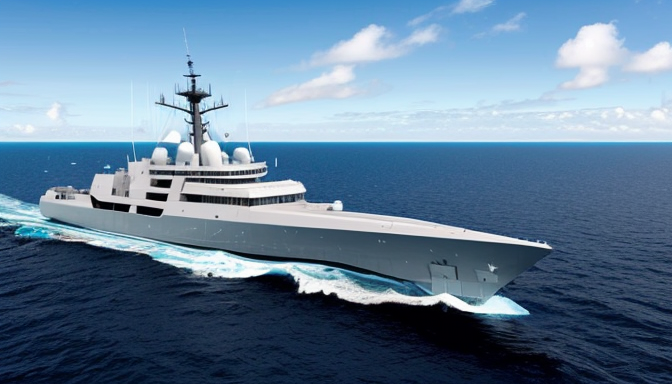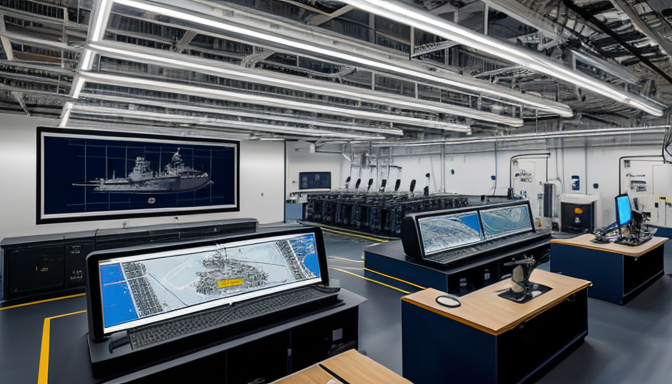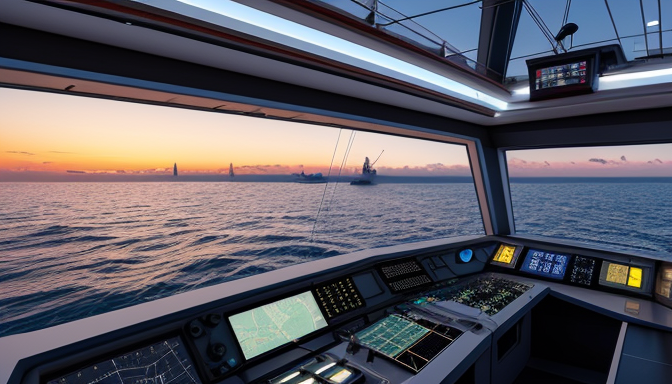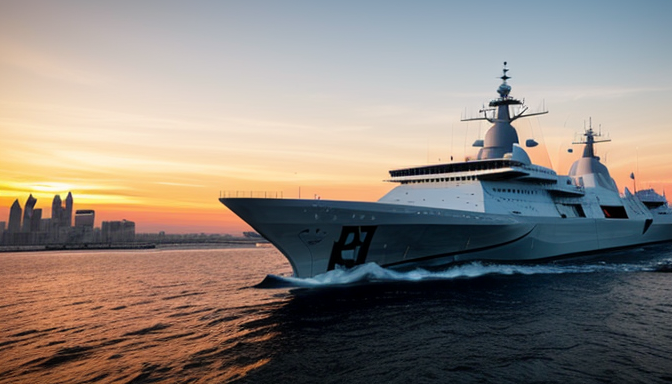Navigating the Future: Trends in Naval Engineering Technology
As we sail into the future, naval engineering is undergoing a radical transformation, driven by innovation and a commitment to sustainability. Imagine ships that not only traverse the vast oceans but do so while being kinder to our planet. This is no longer just a dream; it’s becoming a reality with cutting-edge ship designs and green propulsion systems. Have you ever thought about how technology can revolutionize maritime operations? Well, it’s happening right now!
One of the most exciting trends is the integration of automation and artificial intelligence in shipbuilding. These technologies are not just enhancing efficiency but are also reducing human error, leading to safer voyages. Picture a ship that can navigate through treacherous waters, adjusting its course in real-time, all thanks to advanced algorithms. It’s like having a co-pilot who never sleeps!
Moreover, the focus on eco-friendly designs is more crucial than ever. Naval engineers are now prioritizing materials and technologies that minimize environmental impact. From hybrid propulsion systems to lightweight composite materials, the aim is to create vessels that are not only powerful but also sustainable. This dual focus on performance and environmental stewardship is reshaping the future of maritime operations.
In summary, the trends in naval engineering are not just about building better ships; they are about creating a future where technology and nature coexist harmoniously. So, the next time you think about naval engineering, remember: it’s not just about the journey, but also about how we get there.
Emerging Technologies in Naval Engineering
In the ever-evolving world of naval engineering, cutting-edge technologies are making waves—quite literally! Imagine a future where ships are not just vessels but intelligent systems that adapt to their environments. This is becoming a reality thanks to advancements in automation and artificial intelligence. These technologies are revolutionizing ship design, allowing for smarter navigation, enhanced safety features, and improved operational efficiency.
For instance, consider the integration of green propulsion systems. Traditional fuels are being replaced by eco-friendly alternatives, significantly reducing the carbon footprint of maritime operations. Innovations such as hydrogen fuel cells and battery-powered engines are paving the way for a cleaner, more sustainable future. This shift not only benefits our planet but also aligns with global regulations aimed at minimizing environmental impact.
Moreover, advanced materials are transforming shipbuilding. Lightweight composites and corrosion-resistant alloys are now the norm, enhancing durability while reducing weight. This means ships can travel faster and consume less fuel, leading to both economic and environmental advantages. Imagine a ship that can withstand the harshest ocean conditions while being as light as a feather—this is the power of modern engineering!
As we delve deeper into these innovations, it’s clear that the future of naval engineering is not just about building better ships; it’s about creating a sustainable and efficient maritime ecosystem. With each technological leap, we are not only enhancing operational capabilities but also ensuring the health of our oceans for generations to come.

Sustainability in Naval Design
In today’s rapidly evolving world, sustainability has become a cornerstone of naval engineering. As we navigate the complexities of climate change and environmental degradation, the maritime industry is embracing innovative solutions that not only enhance operational efficiency but also protect our precious oceans. Imagine a ship that not only sails the seas but does so with minimal impact on marine ecosystems—this is the future we are striving for.
Cutting-edge ship designs are now being developed with a focus on eco-friendly materials and construction techniques. For instance, the use of lightweight composites and recyclable materials is becoming the norm, significantly reducing the carbon footprint of new vessels. Additionally, green propulsion systems such as hybrid engines and fuel cells are revolutionizing how ships operate. These technologies not only decrease emissions but also improve fuel efficiency, leading to substantial cost savings over time.
Moreover, marine innovations like solar panels and wave energy converters are being integrated into ship designs, harnessing renewable energy sources to power onboard systems. This shift towards sustainable practices is not just a trend; it’s a necessity for the future of maritime operations. By prioritizing sustainability, naval engineers are paving the way for a cleaner, greener, and more responsible maritime industry.
As we look ahead, the challenge remains: how can we balance the demands of modern shipping with the need to protect our environment? The answer lies in continuous innovation and a commitment to sustainability, ensuring that our oceans remain vibrant and healthy for generations to come.
Frequently Asked Questions
- What are the latest technologies in naval engineering?
The latest technologies in naval engineering include automation, artificial intelligence, and advanced materials. These innovations are not just buzzwords; they are actively transforming how ships are designed and operated, making them more efficient and safer.
- How is sustainability incorporated into naval design?
Sustainability is a key focus in naval design today. Engineers are prioritizing eco-friendly materials and energy-efficient systems that reduce environmental impact. Think of it as building a ship that not only sails the seas but also protects them!
- Why is automation important in naval operations?
Automation is crucial because it enhances operational efficiency and safety. By reducing human error and streamlining processes, ships can operate more effectively, much like having a co-pilot that never tires!
- What role does AI play in maritime operations?
AI plays a transformative role by analyzing vast amounts of data to improve decision-making. Imagine having a super-smart assistant that helps navigate complex waters and predicts weather changes!






